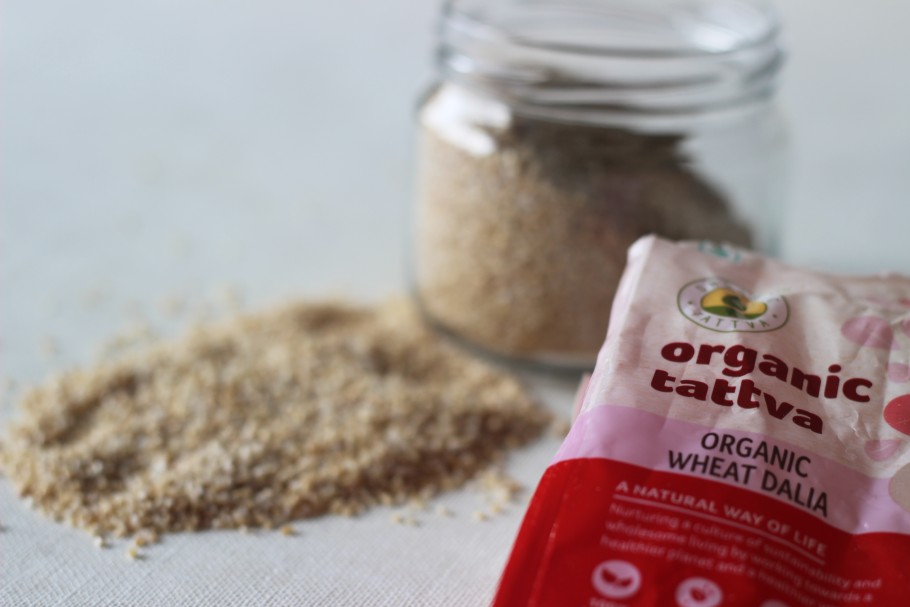Nanocomposite Food Packaging is Not Ready for Prime Time
by Suzanne Osborne
Packaging improves food safety. It extends shelf-life, protects against damage, and limits pathogen contamination. Plastic is the most common packaging material: it is cheap and easily available. Yet, plastic waste has become a major environmental problem. The food industry is increasingly chastised for its continued use of plastic packaging.
Bio-polymers as Alternatives to Plastic
Developers have now created biodegradable packaging options. These bio-polymers are materials extracted from natural sources such as carbohydrates (starch, cellulose, chitosan, etc.) or proteins (gelatin, whey, collagen, etc.). Other groups are developing synthetic bio-polymers using materials sourced from renewable resources. According to Constance Iβbrücker from European Bioplastics, “compostability of packaging makes sense when it is [likely] that you will throw [out what remains] of the product together with its packaging.” This is relevant for products like coffee capsules or tea bags whose used contents are themselves biodegradable.
Bio-polymers occupy only a tiny portion of the packaging market. This is due to their inferior barrier and mechanical properties compared to plastic. Costs and processing equipment upgrades have also impacted uptake. Bio-polymers are unlikely to completely replace plastic packaging but can have a major impact in certain sectors of the food industry.
Nanocomposites are the Next-Generation Bio-polymer
Something interesting occurs when you add nanoscale-sized particles to bio-polymer packaging: the package quality improves while maintaining its compostability. Nanotechnology has the potential to address many of the shortcomings previously seen with bio-polymers.
A bio-polymer containing a nanoscale ‘filler’ is called a nanocomposite. Nanocomposites have gained a lot of attention in recent years; showing greater resistance to deterioration, reduced water vapour and oxygen permeability, and improved strength. Iβbrücker agrees that, “There seem[s] to be a lot of research activities in the past years in this field. Biodegradable materials… supported by nanofillers will have their place in the market.” Nanofillers are usually clays and organics (chitosan, cellulose), but can also include inorganics (metals and metal oxides), and carbon nanostructures (graphene, carbon nanotubes).
We Don’t Know Enough about the Biodegradation of Nanocomposites
Despite being marketed as biodegradable packaging, very little research has been done on nanocomposite biodegradability. Each bio-polymer has its own biodegradation or recycling profile. Combining materials can alter these profiles. For example, the addition of a clay nanofiller to the synthetic bio-polymer PLA improved biodegradation. Blends of the bio-polymers PLA and PBAT had a markedly slower rate of decomposition compared to either bio-polymer alone. One research group found that the addition of a clay nanofiller increased bio-polymer thermal stability during recycling.
Nanocomposites are not amiable to home-based composting: they must be composted at industrial facilities (where they exist). To be accepted, nanocomposites must degrade within the same time frame as other organic materials. Understanding the decomposition of each nanocomposite will be critical for their acceptance. Iβbrücker points out that composted products are also tested for the presence of contaminants such as heavy metals. By their very nature, metal and metal oxide nanofillers may not pass these tests.
Recycling nanocomposites is equally challenging. Effective recycling requires sorting of materials. But, nanocomposites are a mixed material. Cross-contamination can ruin entire batches of recycled material. Currently, there are limited options for recycling nanocomposites. This may improve as bio-polymers occupy a greater market share to make separation economically viable.
Safety Concerns Surrounding Nanocomposites
The biggest hurdle to commercialization of nanocomposites is migration limit legislation: the extent to which nanoparticles can move from the packaging to the food. Ingestion and accumulation of nanoparticles is linked to adverse outcomes in humans, animals, and the environment.
Migration of nanoparticles is challenging to determine. Studies are limited but suggest that small nanoparticles can move through the bio-polymer but larger particles are not likely to migrate if they are properly immobilized. Adhering to strict migration limits will be imperative for the safe use of nanocomposites in food packaging.
Nanocomposite Packaging Not Ready for Commercialization
Nanocomposites have the potential to move the food industry towards a sustainable future; promising biodegradable and recyclable packaging with mechanical properties on par with plastic. Yet, our knowledge of nanocomposites is in its infancy. There remains much to learn about their safety, biodegradability, and recyclability. Despite interest in nanocomposites, this technology is not ready for commercialization.
About the Author
Dr. Suzanne Osborne’s expertise is in the field of host-pathogen interactions and food borne bacteria. She obtained her doctoral degree at McMaster University and worked as a Research Fellow at the Hospital for Sick Children (Toronto). She has received numerous awards for her research. Suzanne currently does freelance science writing and grant writing. She is a regular contributor to GFSR.

-
 FeaturedRisk management
The Cost of a Breach: What a Cyberattack Could Mean for Food Safety Recalls
FeaturedRisk management
The Cost of a Breach: What a Cyberattack Could Mean for Food Safety Recalls
-
 FeaturedRisk management
Securing the Food Chain: How ISO/IEC 27001 Strengthens Cybersecurity
FeaturedRisk management
Securing the Food Chain: How ISO/IEC 27001 Strengthens Cybersecurity
-
 FeaturedRisk management
Revolutionizing Food Safety Training: Breaking Out of the “Check-the-Box” Mentality
FeaturedRisk management
Revolutionizing Food Safety Training: Breaking Out of the “Check-the-Box” Mentality
-
 GFSI Standards
GFSI 2025: Building Trust, Tech-Forward Solutions, and Global Unity in Food Safety
GFSI Standards
GFSI 2025: Building Trust, Tech-Forward Solutions, and Global Unity in Food Safety
-
 FeaturedFood Safety
Integrated Pest Management: Strategies to Protect Your Brand’s Reputation
FeaturedFood Safety
Integrated Pest Management: Strategies to Protect Your Brand’s Reputation
-
 FeaturedFood Safety Culture & Training
No Open Door Policy: Challenges That Impact Pest Control in Food Processing Plants
FeaturedFood Safety Culture & Training
No Open Door Policy: Challenges That Impact Pest Control in Food Processing Plants




